An Example of Runtime Polymorphism
The following program creates one superclass called
A and its two subclasses B and C.
These subclasses override the m1 method.
|
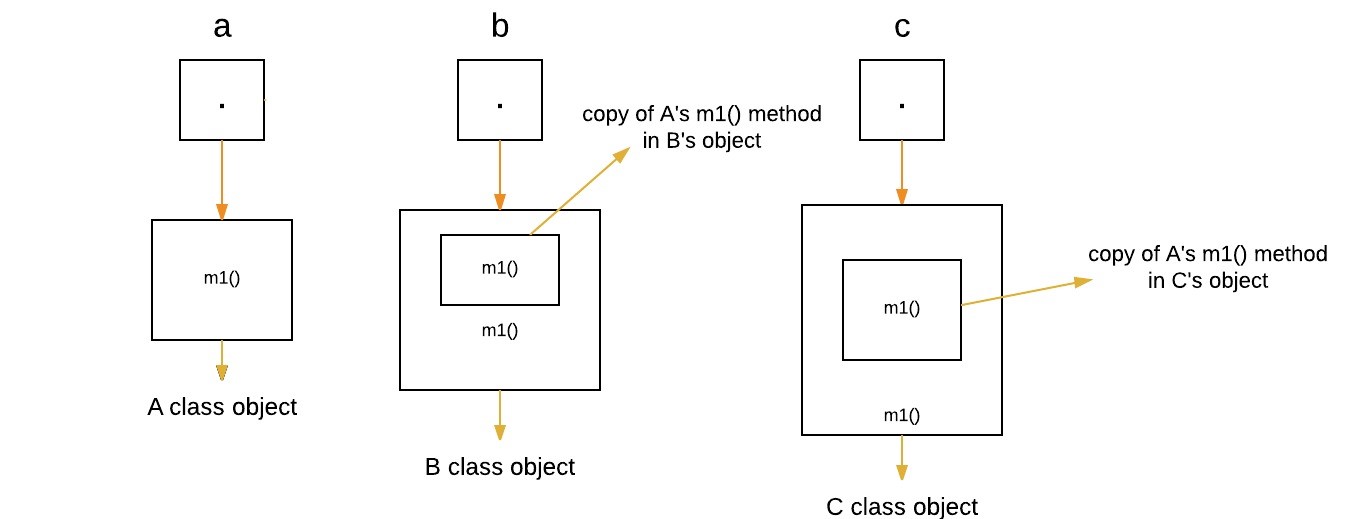
|
|
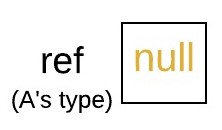
|
|
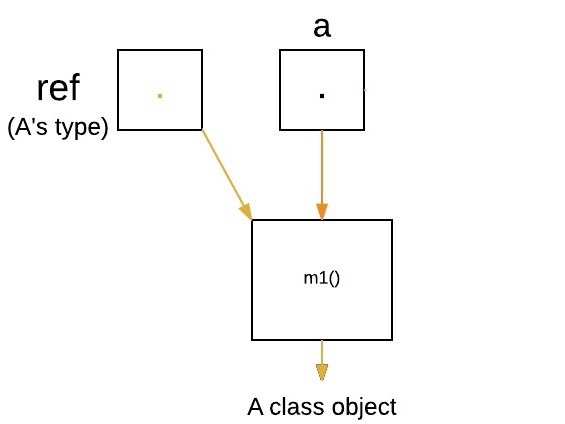
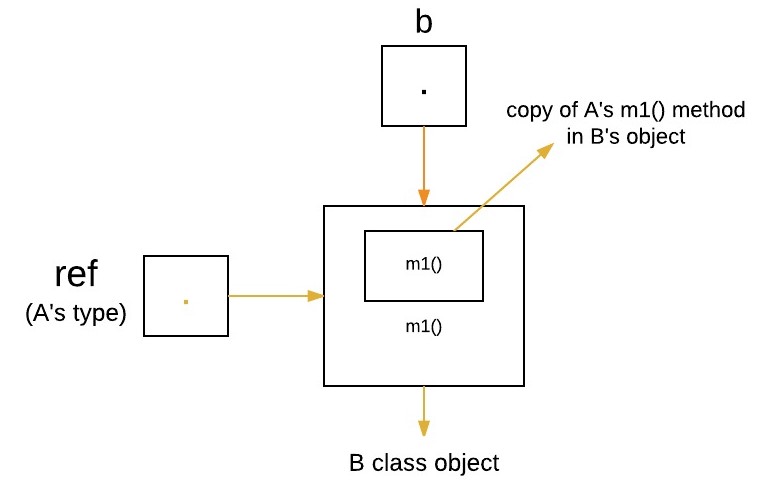
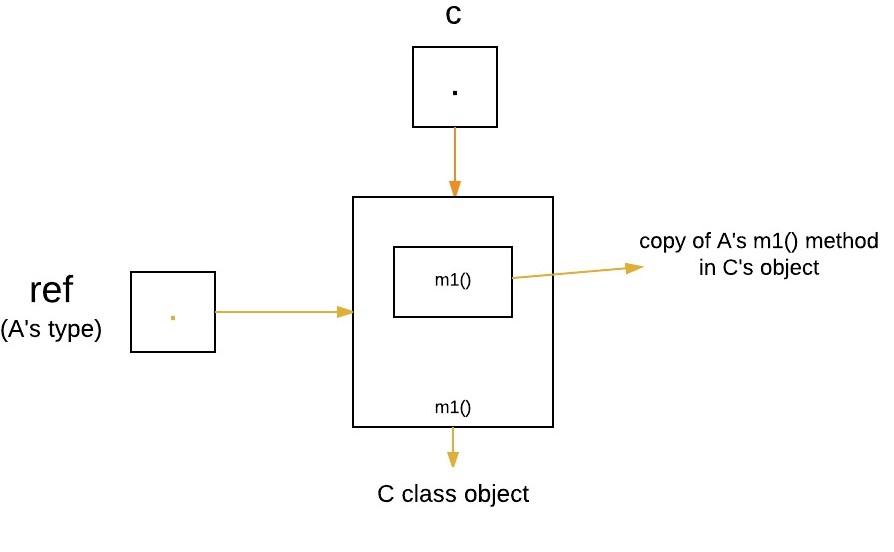
|
|
Chris is asleep after burning the midnight oil (awake all night) trying to finish his article. |